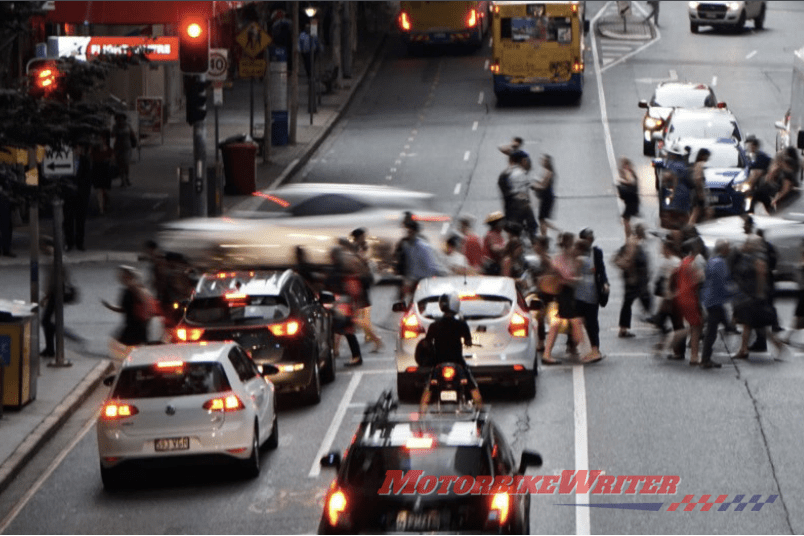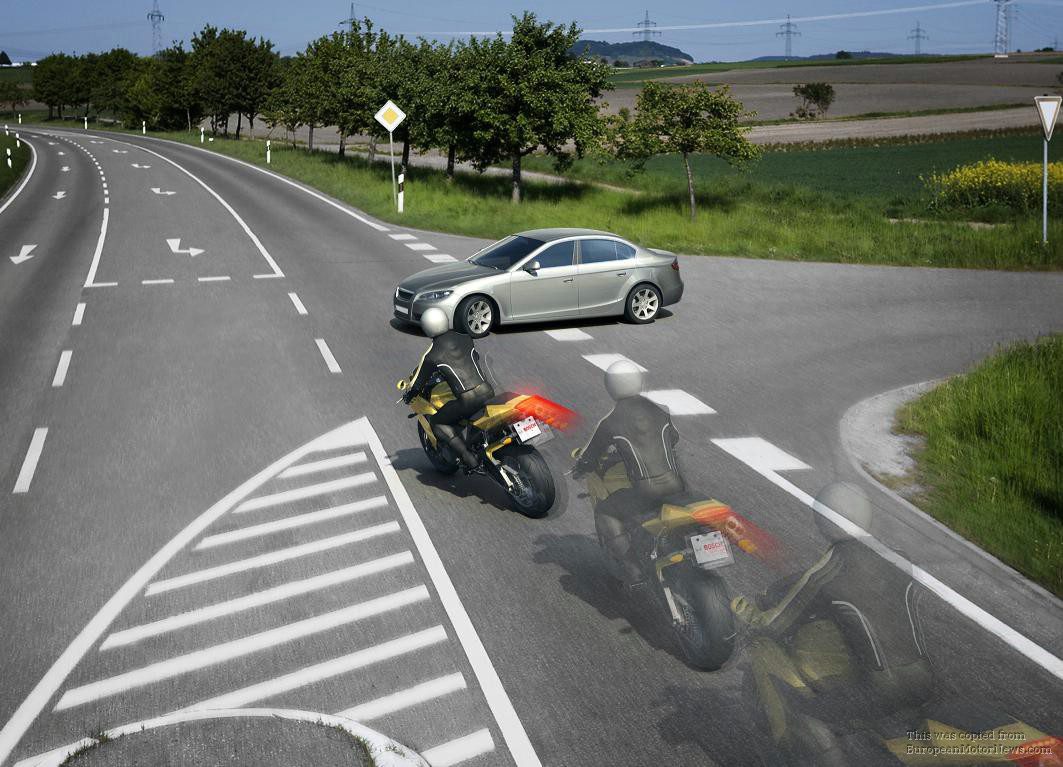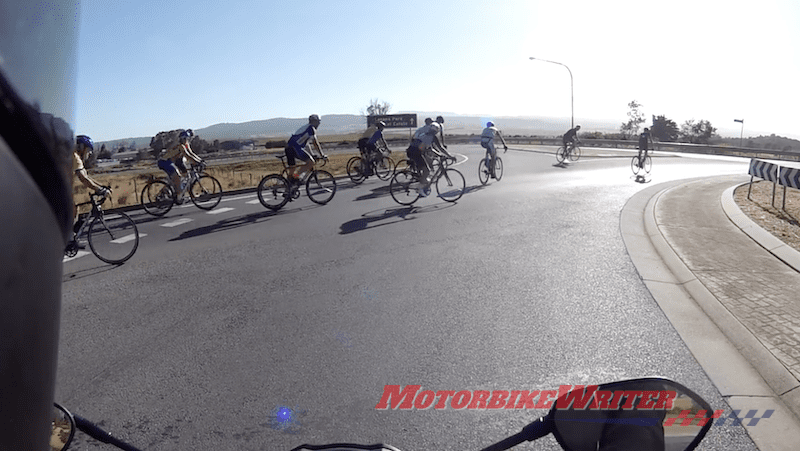Ambitious road toll targets, such as the improbable Vision Zero campaign, create unrealistic expectations that only serve to goad politicians into knee-jerk responses.
They usually consist of lower speed limits and crackdowns on motorcyclists who are over-over-represented in the statistics.
So it comes as no surprise that Australia is not on target to meet its ambitious National Road Safety Strategy road toll objective, agreed to by all state and territory governments in 2011.
AAA targets governments
The Australian Automobile Association is now putting pressure on state and federal governments to comply with 12 recommendations made in an independent inquiry into the NRSS.
They include a special federal Cabinet position for road safety, relevant bureaucratic support, government recognition of road safety and a $3 billion-a-year road safety fund.
All commendable recommendations.
However, they also ridiculously advocate Vision Zero targets by 2050.
Rider concerns
Among the 12 recommendations are two insidious references to issues that should send a shiver down the spine of many motorists, in particular motorcyclists.
One is to “implement rapid deployment and accelerated uptake of proven vehicle safety technologies and innovation”.
This could mean mandating technologies such as automatic emergency brakes in motorcycles.
It’s already being mandated in cars, so why not? After all, we already have mandatory ABS.
Honda and Continental AG are already working on motorcycle-based emergency brakes.
The other insidious recommendation is to “accelerate the adoption of speed management initiatives that support harm elimination”.
In other words, lower speed limits!
Recently, UNSW Sydney Professor Raphael Grzebieta was honoured with an international road safety award for his work which recognises his research into the reduction of speed limits on highways, suburban and high pedestrian active streets.
He recommends 80km/h on some highways and 30km/h in CBD streets.
Together with the AAA’s recommendation, this could be the impetus governments need to drop speeds.
Crash data
The inquiry into the NRSS does not recommend better crash data which is still largely in the hands of untrained police, rather than specific crash investigators.
Motorcycle Council of NSW (MCCNSW) chairman Steve Pearce says proper crash investigation would reveal the real causes of motorcycle crashes and help prevent further accidents and deaths.
A 2012 Victorian Parliamentary Inquiry documented the lack of reliable crash data and recommended a road crash data authority be set up independent of VicPol/VicRoads/TAC.
Motorcycle Riders Association of Victoria spokesman Damien Codognotto says that “while we base road trauma countermeasures on unreliable, inadequate crash data we will get unreliable, inadequate countermeasures”.
Crash data for motorcyclists is not as bad as many police and the mainstream media would have us believe.
The AAA’s inquiry found there were 191 motorcyclist deaths on Australian roads over the past 12 months compared with 242 the previous year which is a decrease of 21.1%.
Meanwhile, cyclist fatalities increased 80%.
So rather than a crackdown on motorcyclists, let’s have a crackdown on riders who flout road rules.
And maybe the Tasmanian Motorcycle Council’s call for free identification numbers, not registration, for cyclists over 18 so they don’t escape fines is not so silly, after all.




